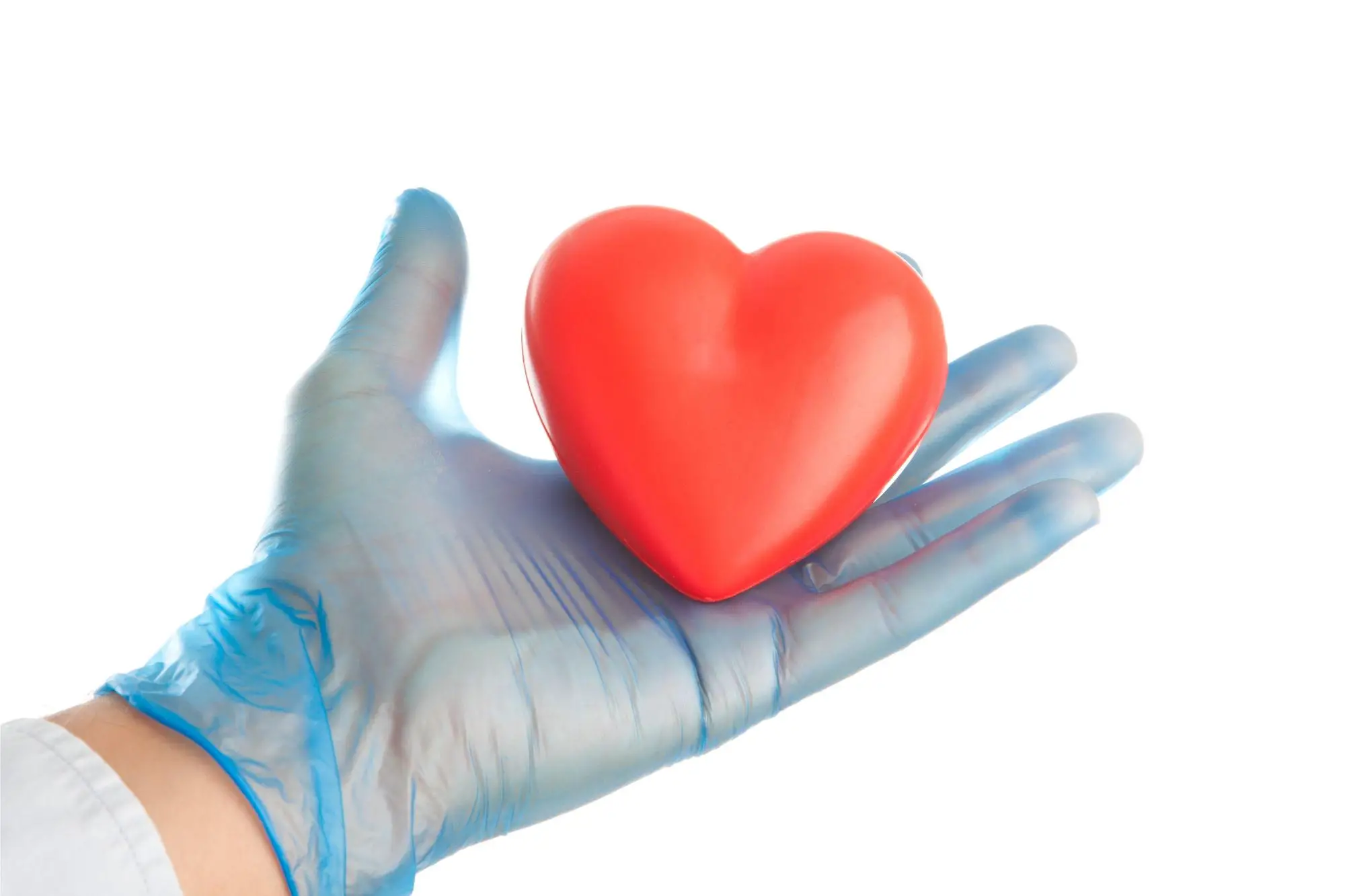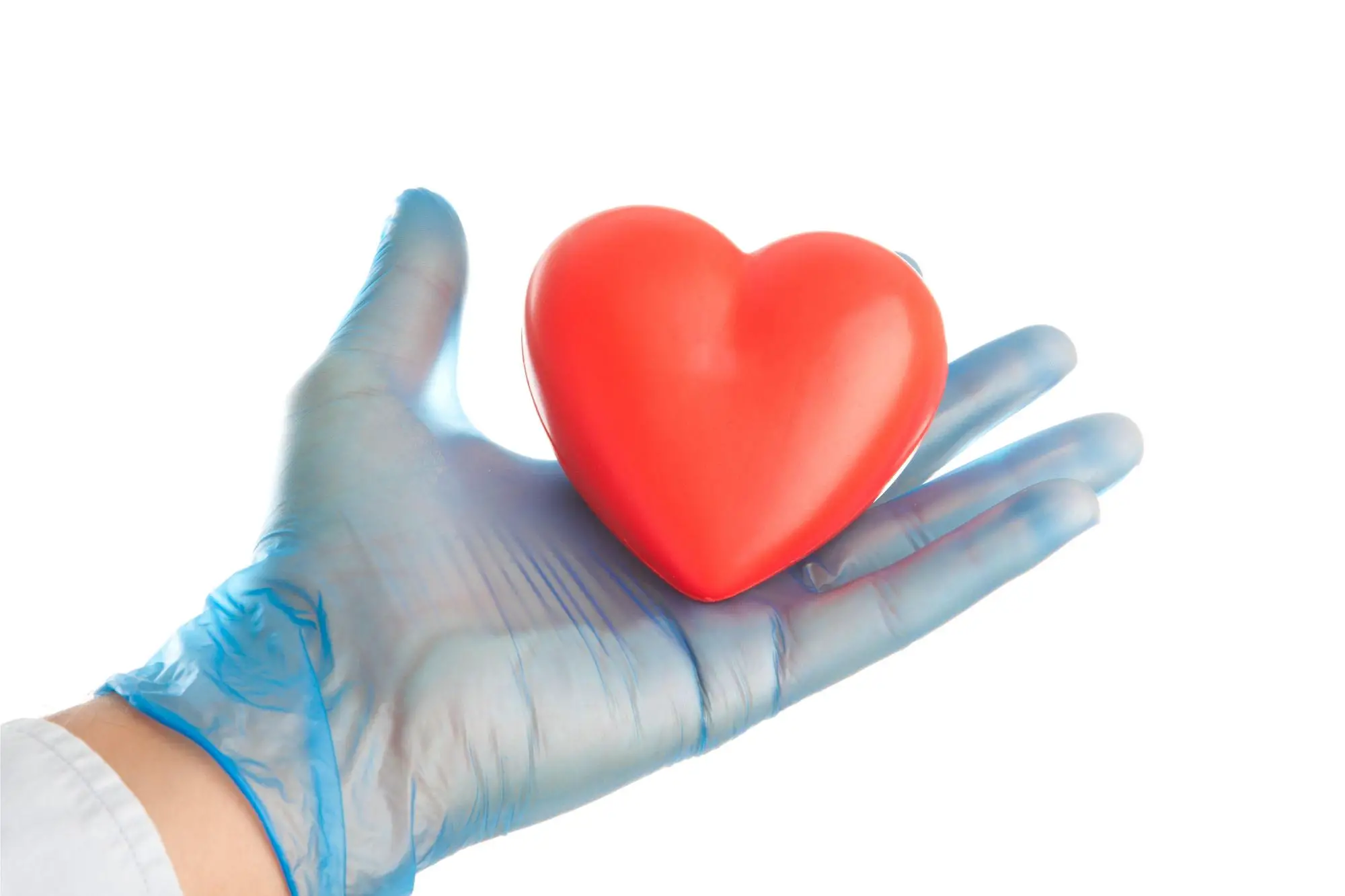

Donated hearts play a critical role in saving the lives of individuals with severe heart disease. Heart transplants can offer a new lease on life for those with end-stage heart failure, giving them the chance to return to a normal, healthy life.
According to recent research, a larger number of donated hearts could potentially be used for transplantation if they are kept operational in the body for a brief period after the donor’s death.
The technique involves restoring regional blood flow to the heart, lungs, and abdominal organs (but not the brain) of individuals who have experienced cardiac arrest lasting five minutes or more and have been pronounced dead through circulatory criteria (donation after circulatory death or DCD).
The application of this approach is hoped to raise the number of viable donated hearts by up to 30% in the future, potentially alleviating the scarcity of transplant organs. In 2021, 54 countries reported 8,409 heart transplants to the Global Observatory on Donation and Transplantation (GODT). However, this figure is in stark contrast to the 21,935 patients who remained on the heart transplant waiting list in 2021, with 1,511 deaths reported due to lack of a donor heart, and numerous others becoming too sick to undergo the procedure.
John Louca, a final year medical student at Gonville & Caius College, University of Cambridge, and the study’s first author, said: “Heart transplants are the last bastion for patients with end-stage heart failure. They are successful – patients who receive a transplant live on average a further 13 to 16 years. The biggest problem they face is actually getting access to a donated heart: many patients will die before an organ becomes available. That’s why we urgently need to find ways to increase the suitability of donor organs.”
Though the first heart transplant performed at the Groote Schuur Hospital in Cape Town (South Africa) in 1967 was obtained from a DCD donor, this technique was abandoned and replaced by heart transplants obtained from donors confirmed dead using neurological criteria (donation after brain death, or DBD) – in other words, their brain has stopped functioning entirely.
Until recently, heart transplants worldwide were still performed only with organs obtained from DBD donors. However, in recent years, heart transplants from DCD donors have become a clinical reality worldwide thanks to years of research carried out in Cambridge.
DCD is the donation of organs by patients who tragically have a non-survivable illness. These patients are typically unconscious in intensive care in hospital and dependent on ventilation. Detailed discussions between doctors, specialist nurses and the patient’s family take place and if the family agree to organ donation, the process starts.
After treatment is withdrawn, the heart stops beating and it begins to sustain damage to its tissues. After 30 minutes, it is thought that this damage becomes irreversible and the heart unusable. To prevent this damage, at the time of death these non-beating hearts are transferred to a portable machine known as the Organ Care System (OCS) where the organ is perfused with oxygenated blood and assessed to see whether it is suitable for transplantation.
This technique was pioneered by Royal Papworth Hospital NHS Foundation Trust in Cambridge, whose transplant team carried out the first DCD heart transplant in Europe in 2015. Royal Papworth has since become the largest and most experienced DCD heart transplant centre in the world.
DCD heart transplantation started simultaneously in Australia, followed by Belgium, The Netherlands, Spain and USA. According to the GODT, 295 DCD heart transplants were performed in these six countries in 2021.
Organ Care Systems are expensive, costing around US$400,000 per machine plus an additional $75,000 for consumables for each perfused organ. An alternative, and much more cost-effective approach, is known as thoraco-abdominal normothermic reperfusion (taNRP). This involves perfusing the organ in situ in the donor’s body and is estimated to cost around $3,000. Its use was first reported in 2016 by a team at Royal Papworth Hospital.
In a study published in eClinical Medicine, an international team of clinical scientists and heart specialists from 15 major transplant centres worldwide, including the UK, Spain, the USA and Belgium, looked at clinical outcomes of 157 DCD donor hearts recovered and transplanted from donors undergoing taNRP. They compared these with the outcomes from 673 DBD heart transplants, which represents the ‘gold-standard’.
The team found that overall, the use of taNRP increased the donor pool significantly, increasing the number of heart transplantations performed by 23%.
Mr Stephen Large, Consultant Cardiothoracic Surgeon at Royal Papworth Hospital and chief investigator, said: “Withdrawing life support from a patient is a difficult decision for both the families and medical staff involved and we have a duty to honour the wishes of the donor as best we can. At present, one in ten retrieved hearts is turned down, but restoring function of the heart in situ could help us ensure more donor hearts find a recipient.”
Survival rates were comparable between DCD and DBD heart transplantation, with 97% of patients surviving for more than 30 days following taNRP DCD heart transplant, 93% for more than a year and 84% of patients still alive after five years.
Professor Filip Rega, Head of Clinic at the Department of Cardiac Surgery, UZ Leuven, Belgium, said: “This promising new approach will allow us to offer heart transplantation, a last resort treatment, to many more patients in need of a new heart.”
The researchers say that some of the benefits from taNRP are likely thanks to the reduced amount of time the heart was not receiving oxygenated blood, known as its warm ischaemic time, when compared to direct procurement (that is, when the heart is removed immediately for transplant, and perfused outside the body). The median average time was 16.7 minutes, significantly less than the 30 minutes associated with permanent damage to the heart cells.
An added benefit to this approach is that it allows medical teams to simultaneously preserve several organs, such as the liver, pancreas and kidneys, without the need of several organ-specific external machine perfusion devices. This decreases complexity and costs.
Professor Ashish Shah, Head of the Department of Cardiac Surgery at Vanderbilt University Hospitals, Nashville, USA, said: “Heart transplantation has been and always will be a uniquely international effort. The current study is another example of effective international collaboration and opens a new frontier, not just in transplantation, but in our basic understanding of how all hearts can be rescued.”
Dr Beatriz Domínguez-Gil, Director General of the National Organisation of Transplantation in Spain, said: “The results of this collaborative study bring hope to thousands of patients in need for a heart transplant every year throughout the world. Its findings reveal that DCD heart transplantation based on taNRP can lead to results at least similar to the gold standard and increase hearts available for transplantation in a manner that contributes to the sustainability of health-care systems.”
Reference: “The international experience of in-situ recovery of the DCD heart: a multicentre retrospective observational study” by John Louca, Marco Öchsner, Ashish Shah, Jordan Hoffman, Francisco González Vilchez, Iris Garrido, Mario Royo-Villanova, Beatriz Domínguez-Gil, Deane Smith, Leslie James, Nader Moazami, Filip Rega, Janne Brouckaert, Johan Van Cleemput, Katrien Vandendriessche, Vincent Tchana-Sato, Diawara Bandiougou, Marian Urban, Alex Manara, Marius Berman, Simon Messer and Stephen Large on behalf of WISPG, 2 March 2023, eClinicalMedicine.
DOI: 10.1016/j.eclinm.2023.101887

